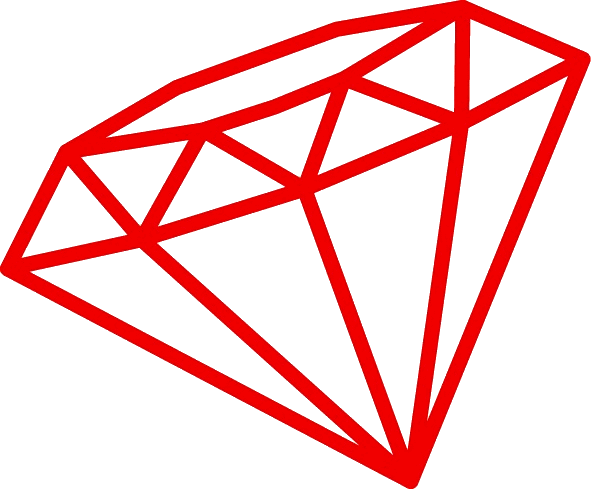
Alternative methodology for linear polarization resistance assessment of reinforced concrete structure
Gabriel Samson1, Fabrice Deby1, Jean-Luc Garciaz2, Jean-Louis Perrin2
1 LMDC, INSAT/UPS Génie Civil, 135 Avenue de Rangueil, 31077 Toulouse cedex 04 France.
2 LERM SETEC, 23 Rue de la Madeleine, 13631 Arles cedex France
For reinforced concrete structure, several corrosion detection methods exist: concrete resistivity, half-cell potential or linear polarization resistance (LPR) measurement. The LPR value can be linked to the corrosion rate thanks the Stern-Geary equation if strong hypotheses are made. Some commercial devices use LPR method but corrosion rate results differ widely. These devices use a guard ring to canalize the current on specific steel rebar area and assume that the steel rebar is uniformly polarized. However, recent works reveal that the top part of the steel rebar, right under the counter electrode, is the most polarized point. The particular point is referred as the point of interest (PI).
This works belongs to the DIAMOND project which aims to produce a new corrosion rate measurement device. Comsol® software was used to model the influence of concrete cover and resistivity and injected current on the current density at the PI. Moreover, a significant influence of the steel rebars diameter was also demonstrated. Some abacus, linking the ratio between the current density at the PI and the density of injected current to concrete cover and steel rebar diameter, are built.
The Stern-Geary equation can now be used at the PI without using a false approximation of a uniformly polarized rebar. The current density at the PI is known thanks the utilization of the build abacus. The corrosion state of reinforced concrete structure can be controlled more precisely.
A large experimental program has just begun in order to validate the developed method (june 2017). 24 concrete blocks (480 x 240 x 100 mm³) were produced. Each block contains 3 rebars placed at different depth. Half of the produced blocks were prepared with chloride in order to activate corrosion. Different conservation conditions (dry, wet, carbonation) were used to model the different conditions that can be encounter on-site.
Keywords: Uniform corrosion, Linear polarization resistance (LPR), Resistivity, Concrete
Corresponding author:
Fabrice Deby: f_deby@insa-toulouse.fr
